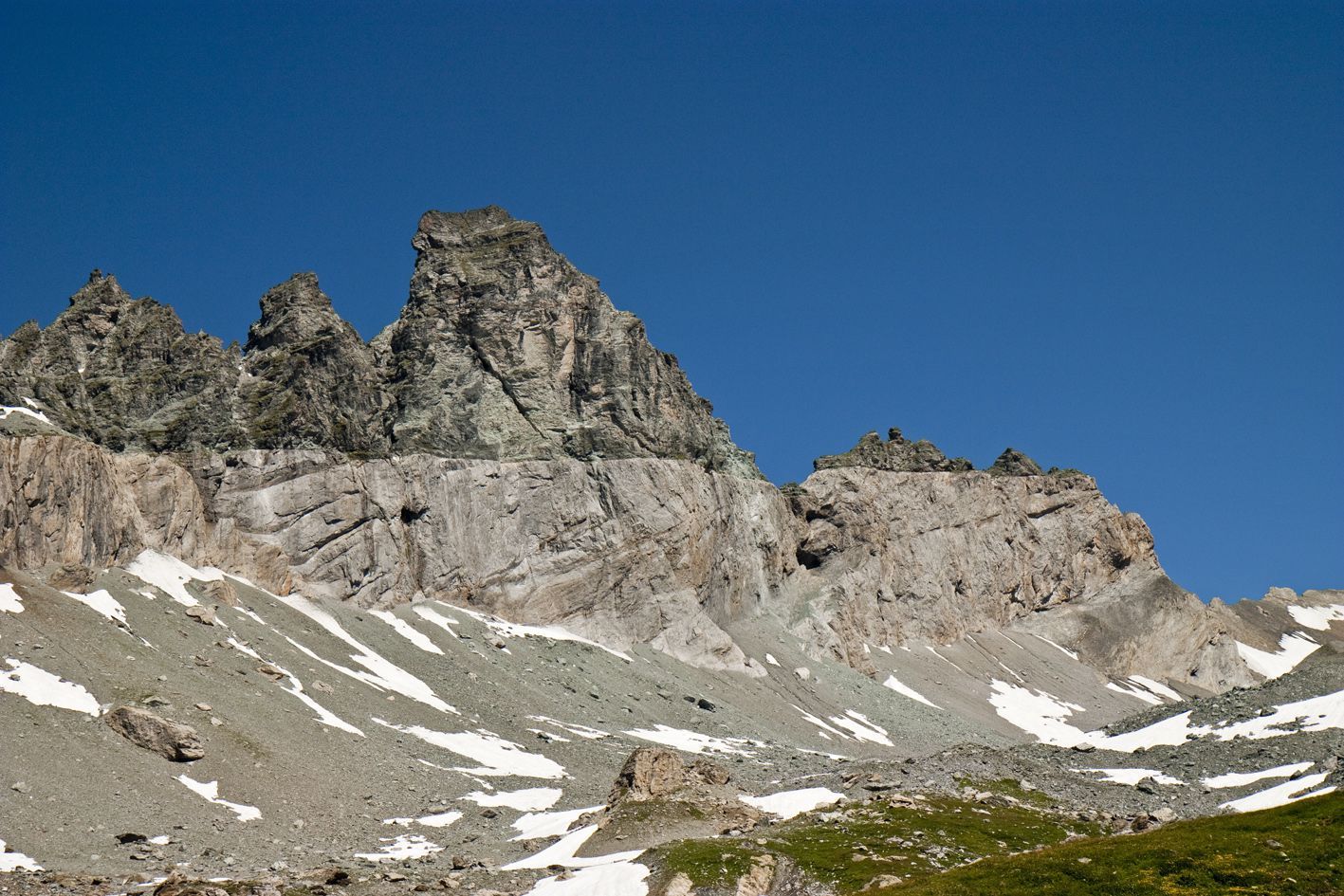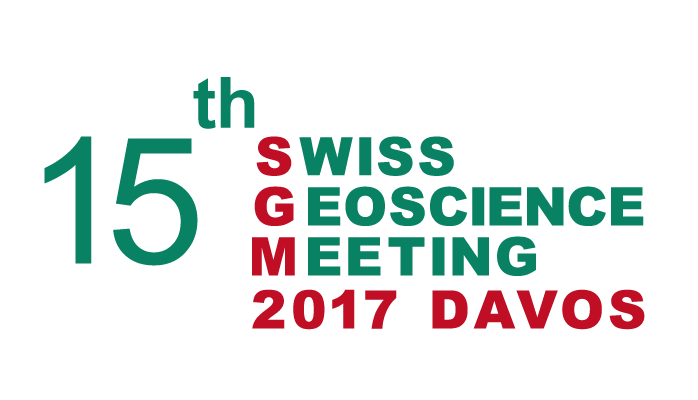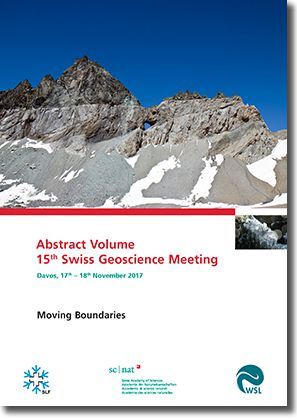15th Swiss Geoscience Meeting 2017 in Davos

The 15th edition of the Swiss Geoscience Meeting focused on latest advances in research in geosciences. It was held on 17th and 18th November 2017 in Davos.
The WSL-Institute for Snow and Avalanche Research SLF and the Platform Geosciences of the Swiss Academy of Sciences, SCNAT cordially welcomed the 649 participants in the 15th Swiss Geoscience Meeting held on 17th and 18th November 2017 in Davos.
On Friday 17th
The theme of the 15th SGM Plenary Session was “Moving Boundaries”. Boundaries in Geoscience research are among the most prominent hot topics – and by understanding how those boundaries move we learn about the shaping of our planet, but also about how the future might look like as the climate changes. Moreover, the boundaries in science are moving and the way we work and publish is changing. The boundaries may not fully disappear as data and research open up, but future challenges call for cooperation among research communities, which implicitly requires open exchange. Open science looks like the bright future, but as individual researchers we also face obstacles and overcoming those is not always straightforward.
Our four keynote speakers focused on this year’s theme “Moving boundaries” and took us on a journey covering a wide range of geoscientific topics and scales.
- Maurine Montagnat (University of Grenoble) introduced us to a fitting subject for Davos: the microstructure of ice. As crystals grow and deform– a classical moving boundary problem – they capture information about their environment. A deep ice core extracted from a polar ice sheet contains information about small scale deformation and microstructure evolution processes, and, in the meantime, informs us about large scale flow processes surrounding it.
- Susanne Buiter (Geological Survey of Norway) had us change temporal and spatial scales, as she focused on the geodynamic evolution of continental plate boundaries through the plate tectonic cycle. By following plate boundaries through phases of oceanic subduction, continental collision and continental break-up, she analyses how structural and thermal inheritance from one phase can control deformation in subsequent phases.
- Annette Menzel (Technical University of Munich) focussed on ecosystem boundaries and how they move as the climate changes. As the snow and tree lines move uphill, many other changes happen to the flora and fauna, in particular in the mountains – the third pole – where expected changes are as prominent as in the polar regions.
- Helen Glaves (British Geological Survey) concluded the symposium with a presentation on open (data) science – a development we all welcome but often see as a burden not a benefit. She discussed current drivers and approaches, and through several use cases, illustrate ‘the good, the bad and the ugly’ of open data in Geoscience.
On Saturday 18th
About 172 talks were given and 215 posters were presented in 16 scientific symposia that covered the diverse spectrum of current research in geosciences, encompassing the lithosphere, the hydrosphere, the cryosphere, the biosphere, the atmosphere and the anthroposphere.
The SGM also provides the ideal environment to foster informal contacts and discussion among scientists, in particular during the Swiss Geoscience Party on Friday evening but also at the poster sessions on Saturday. Time is reserved for two poster sessions, at which the authors will be present for active discussion and feedback.


